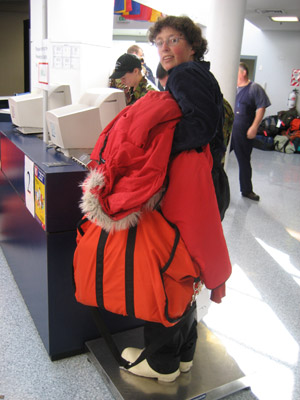
Image courtesy of Joanna Hubbard. | ||||
| ||||
You might also be interested in:

Cool It! Game
Check out our online store - minerals, fossils, books, activities, jewelry, and household items!...more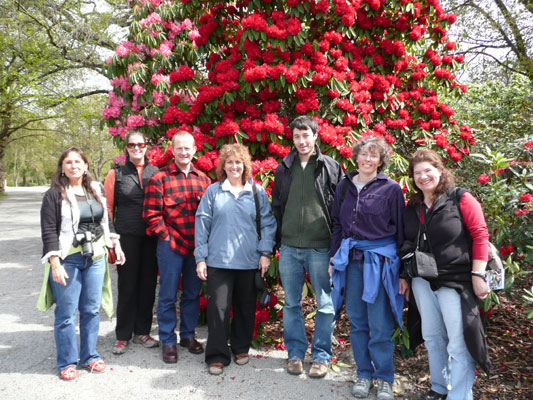
ARISE Team Enjoys Spring Colors and Fragrances in NZ
After arriving in New Zealand the ARISE team realized that we will not see or smell flowers for a very long time. When I was in Antarctica in 2002 it was amazing how devoid of senses we were - there were...more
Antarctica
Antarctica is unique. It is the coldest, windiest, and driest continent on Earth. The land is barren and mostly covered with a thick sheet of ice. Antarctica is almost entirely south of the Antarctic Circle...more
The Antarctic Region
What Will You Find There? South of the Antarctic Circle (at 66.5°S latitude) you will find the continent of Antarctica surrounded by the Southern Ocean, the geographic South Pole and the magnetic South...more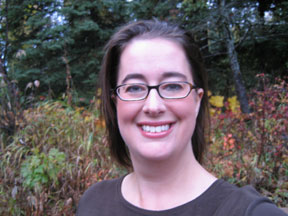
Joanna Hubbard
This is my 10th year with the Anchorage School District as a science teacher, currently working with K-12 teachers around the district rather than in a classroom. My most recent classroom time was as a...more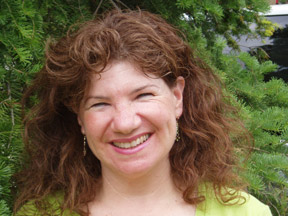
Robin Frisch-Gleason
Robin Frisch-Gleason brings a background in both geology and teaching to the ANDRILL Project. Robin's first career was geology. She received her B.A. in Geology from Oberlin College in 1982, and her M.S....more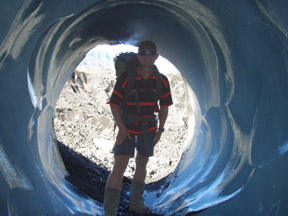
Robert (Bob) Williams
I'm a New Zealand teacher. I teach geography to high school students before some of them go on to university. We try to teach as much geology and earth science as we can, and we go on lots of field trips....more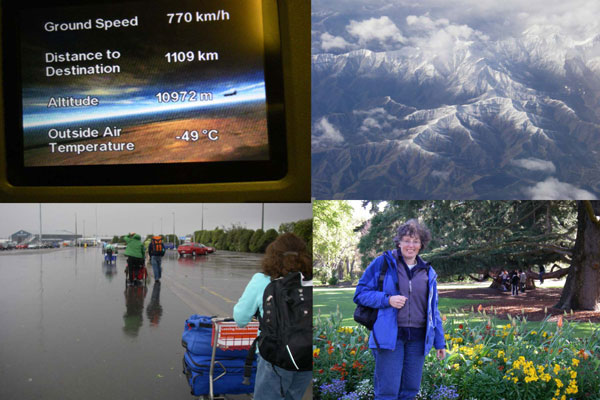
En Route to Antarctica - First Stop New Zealand
Hello Everyone! We are not in Antarctica yet - but we are getting closer! We are now in Christchurch, New Zealand. We still have to get all our Extreme Cold Weather Gear from the Clothing Distribution...morePlease log in
Science Blogs
Real Climate: climate science from climate scientists

Windows to the Universe, a project of the National Earth Science Teachers Association, is sponsored in part is sponsored in part through grants from federal agencies (NASA and NOAA), and partnerships with affiliated organizations, including the American Geophysical Union, the Howard Hughes Medical Institute, the Earth System Information Partnership, the American Meteorological Society, the National Center for Science Education, and TERC. The American Geophysical Union and the American Geosciences Institute are Windows to the Universe Founding Partners. NESTA welcomes new Institutional Affiliates in support of our ongoing programs, as well as collaborations on new projects. Contact NESTA for more information.




